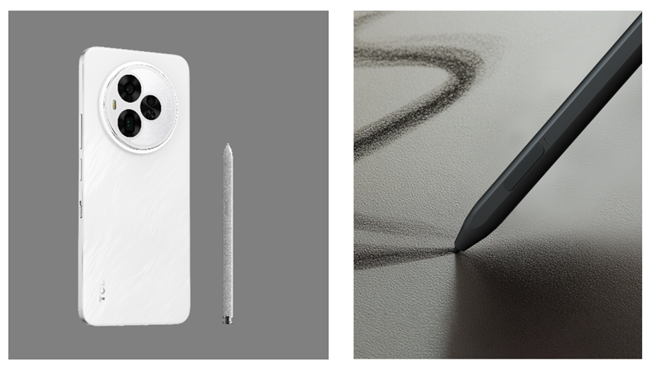The application of electromagnetic pens (EMR) on mobile phones presents numerous technical and structural challenges. While the principle is well-established (and very stable on tablets and signature screens), porting it to high-density devices like mobile phones presents challenges such as space, electromagnetic interference, and power consumption.

Difficulty 1: Structural Space Limitations
An electromagnetic pen requires a sensor grid beneath the screen to receive the pen's signals. This coil layer is typically 0.4-0.8mm thick, but the internals of mobile phones are very compact (especially for 5G antennas, camera modules, and batteries), leaving very limited space for the EMR layer. Increasing the module thickness also increases the thickness of the phone. Furthermore, due to the extremely high precision required for bonding the display modules (OLED/AMOLED), this can lead to reduced display brightness and increased screen costs.
Difficulty 2: Electromagnetic Interference (EMI)
EMR systems operate in a high-frequency magnetic field range of approximately 500kHz–1MHz. Inside the phone are NFC, wireless charging coils, 5G antennas, Wi-Fi, Bluetooth, and other components, which also generate electromagnetic waves. These high-frequency signals can interfere with each other, causing pen positioning drift, pressure distortion, or handwriting jitter. This requires extremely sophisticated electromagnetic shielding and filtering designs. This requires independent wiring and filtering for the EMR control chip on the phone's motherboard, and the software algorithm must also compensate for handwriting errors in real time. This is a core technical barrier to the development of EMR phones.
Difficulty 3: Power Consumption and Heat Management
The EMR sensing layer must continuously generate an electromagnetic field, consuming more power than a standard touchscreen. Given the limited space and heat dissipation of mobile phones, prolonged writing can cause temperature rise. Therefore, a low-power electromagnetic drive solution (dynamic wake-up coil) and optimized drive algorithms can be used to activate the coil only when the pen is close, as well as the use of next-generation low-loss materials to reduce heat generation.
The biggest challenge for electromagnetic pens in mobile phones isn't whether they can be implemented, but rather how to achieve high precision, minimal interference, and low cost within a limited space. Currently, only in-depth collaborations like those between TCL and UGEE can fully address these challenges.